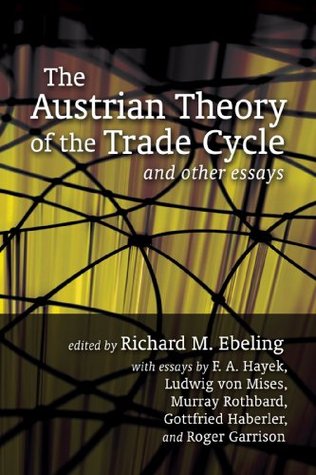What happened over the span of nearly forty years to account for the rise and fall of this theory of boom and bust? The simple answer, of course, is: the Keynesian revolution. John Maynard Keynes’s General Theory of Employment, Interest, and Money, which made its appearance in 1936, produced a major change in the way that economists deal with macro-economic issues. A close look at some pre-Keynesian ideas can show why the Austrian theory was so easily lost in the aftermath of the Keynesian revolution; a brief survey of the alternatives offered by modern macroeconomics will show why there is a
...more
Welcome back. Just a moment while we sign you in to your Goodreads account.


